It’s Black History Month in the UK, and it feels like it’s time for a rethink. Over the years, an event that started out as a celebration and reminder of history, culture and the connections between global Black communities, has taken on a corporate feel, expanding to include events where Black people are paid to talk to white audiences about “unconscious bias” and “allyship”. The 2020s Black Lives Matter protests created a surge in the business of demonstrating racial awareness. But even that moment has passed. The wave has crested, leaving a sort of hollowed out legacy of what raising awareness is for.
The history of Black History
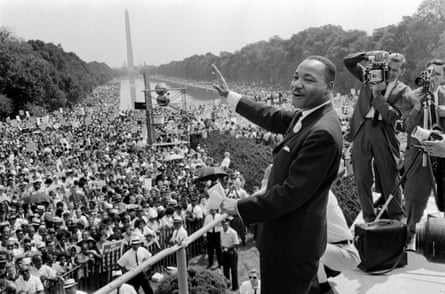
Originally observed in the US and Canada, Black History Month was conceived in 1962 as “Negro History Week” by African American historian Carter G. Woodson with seven days of commemoration and observance in the second week of February. Black History Month grew out of this movement and was officially launched in 1970. Today it is observed not only in the US and Canada in February, but also in October in the UK, Germany, Ireland and the Netherlands.
The month has evolved since those days, focusing less on the histories of transatlantic enslavement and civil rights battles, and more on prominent Black figures in politics, culture, and activism, and broadly celebrating the contribution Black people have made to shape the country. It is in schools where Black History Month is most regularly observed, with talks and cultural events. But the way the month is celebrated is a reflection of the political moment. How it evolves is a good lesson in how co-option leads to dismantling: the reshaping of Black History Month has stymied the point of it, which is to address systemic and institutional racism.
A jarring moment
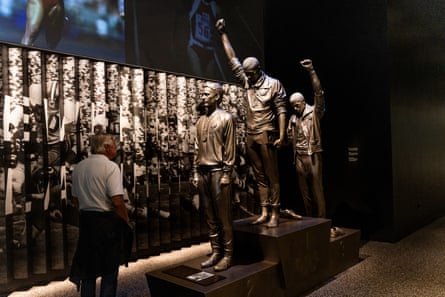
Little demonstrates how important it is to rethink Black History Month more than the particular moment in which it falls this year. In the UK, a resurgent right in the shape of the Reform party is leading the polls. In the summer we witnessed the largest far-right rally in British history. Kemi Badenoch, the Black leader of the Conservative party, is a firm opponent of Black Lives Matter, and we are in a place where a member of parliament feels emboldened to say that “not seeing any white faces” in parts of a city is a cause for alarm. Meanwhile, far-right parties are surging in Europe as a whole.
In the US, a colossal assault against DEI and affirmative action has been taken, often successfully, to the highest courts of the country. A campaign to scrub Black history and experience from the archives is under way. One of Donald Trump’s first executive orders targeted the National Museum of African American History and Culture, and the Smithsonian Institution, accusing them of a “concerted and widespread effort to rewrite our Nation’s history” by portraying America “as inherently racist”.
Against this backdrop, the month symbolises how little it can be impactful if it is limited to either dutiful corporate observances, or politically neutered celebrations of contributions in the past, rather than challenging the conditions of the present. It also demonstrates how its restricted time span means that it is detached from the wider consistent effort that is needed. Denise Miller, a prof at University of Greenwich, put it best when she raised concerns about the temporary “tokenism” of the month. “The problem with taking a tokenistic approach”, she wrote, “is that it often means that Black History Month becomes a fleeting performance rather than a catalyst for change.”
Rethinking, but not jettisoning
after newsletter promotion
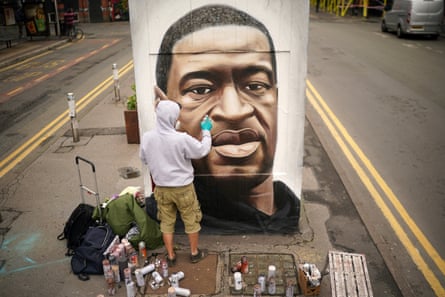
Figuring out how to adjust, modify and expand efforts for racial equality and recognition in such moments of dejection and worry is a treacherous thing. There is a temptation to just do away with things like Black History Month altogether, thinking they are simply not fit for purpose, or are relics of an era that has not worked.
But despite everything, Black History Month, and in fact the entire extended network and legacy of racial movements – grassroots Black Lives Matter organisations, diversity equity and inclusion initiatives, and yes, even those talks to businesses – constitute an infrastructure that a lot of work has gone into. It is there not just to decay as the politics moves on (and in fact, regresses), but to be a living breathing thing.
So what would a new dynamic Black History Month look like? Well, first, it would be not just one concentrated month: something that is spread out through the year (as some institutions are already beginning to do), parts of its content (particularly around historic Black characters) incorporated into school curriculums. It would also be a period that does not shy away from politics, and leaves space for people, particularly young people, to air their fears and experiences. What use is mere awareness of the past when it doesn’t reckon with the present reality of far-right rallies in the street? Institutions who observe it should not be comforted with the passive language of “unconscious bias” and alertness to “microaggressions”, but confronted with the risks that face all if anti-racism is not taken seriously. In short, Black History Month should be made current, urgent, and reactive. Perhaps an entire name rebrand is in order – Black History is Now Month.

 German (DE)
German (DE)  English (US)
English (US)  Spanish (ES)
Spanish (ES)  French (FR)
French (FR)  Hindi (IN)
Hindi (IN)  Italian (IT)
Italian (IT)  Russian (RU)
Russian (RU)  3 weeks ago
3 weeks ago









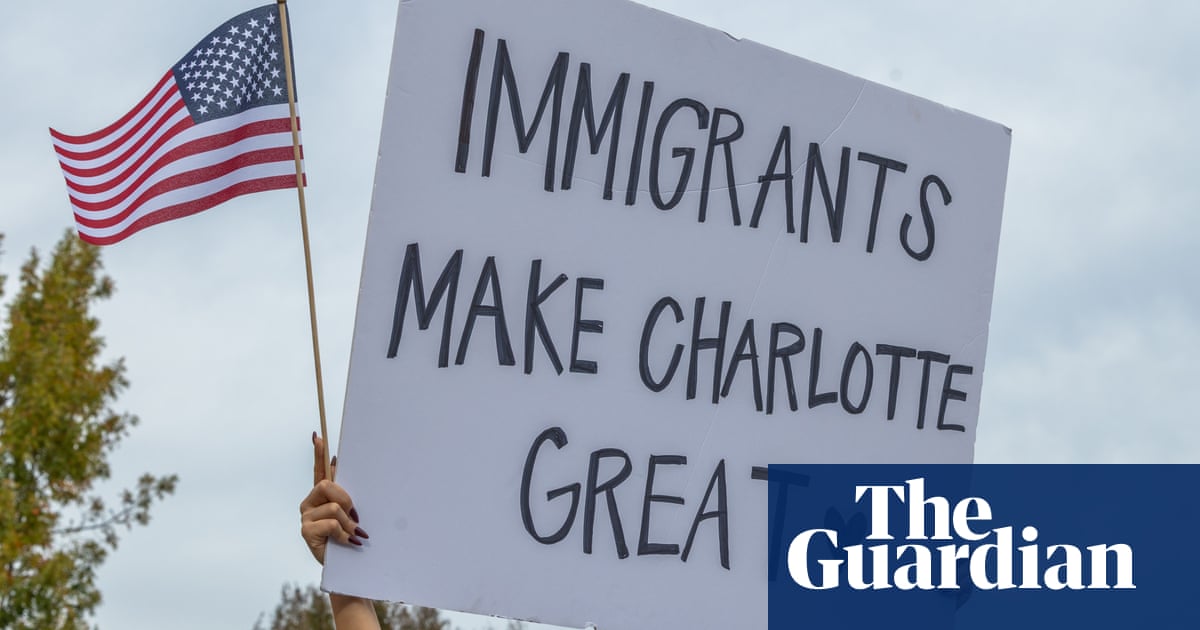












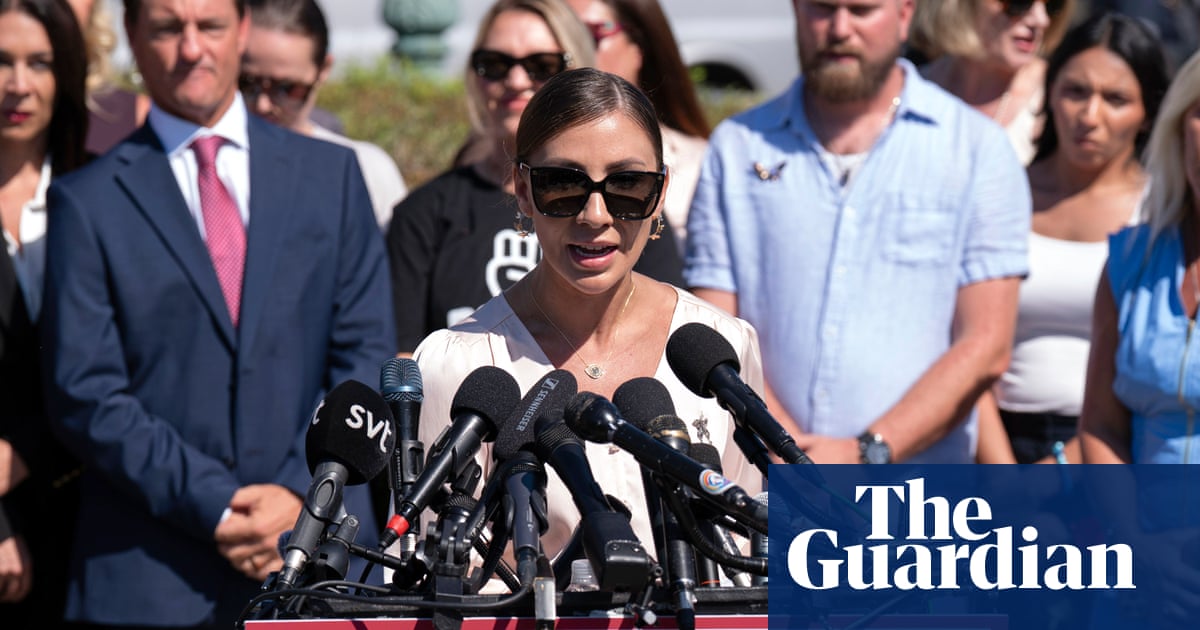
Comments